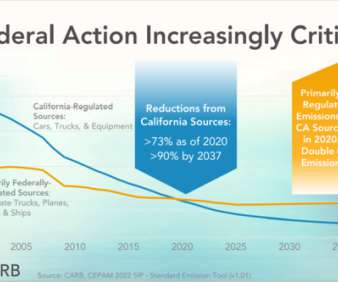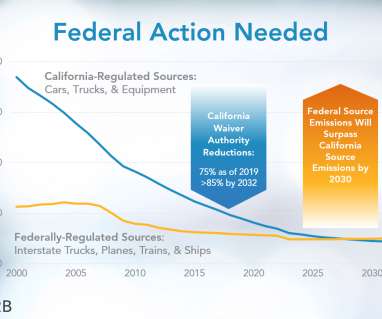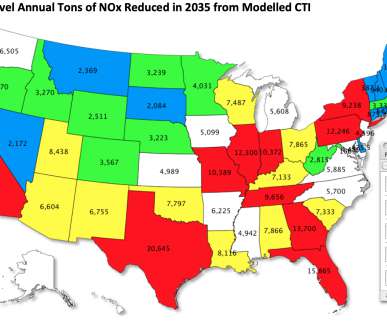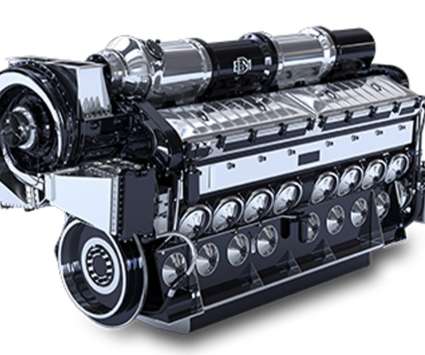California adopts comprehensive strategy to meet federal ozone standard over next 15 years
Green Car Congress
SEPTEMBER 23, 2022
The California Air Resources Board today approved a statewide plan for attaining the federal health-based standard for ozone, typically experienced as smog. We simply cannot provide clean air to Californians without the federal government doing its part. —CARB Chair Liane Randolph.






































Let's personalize your content